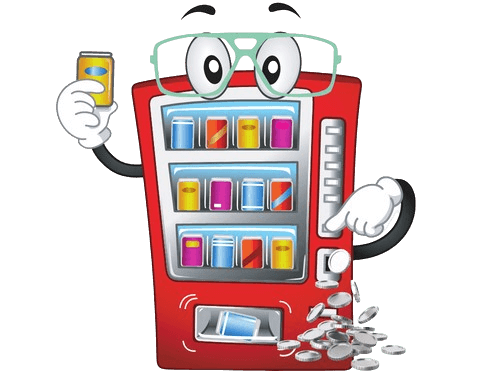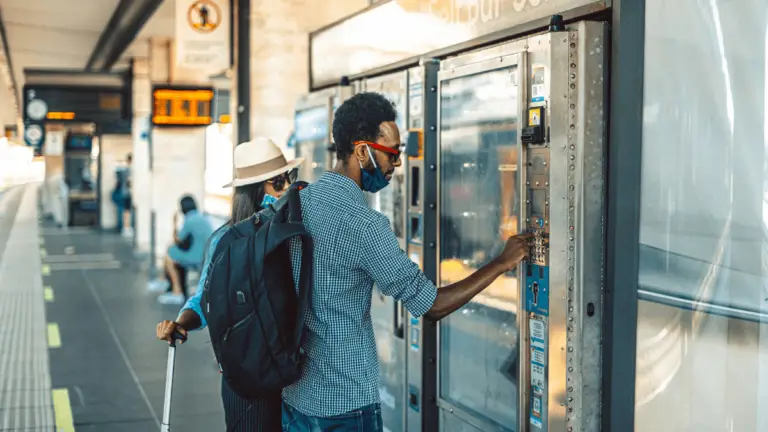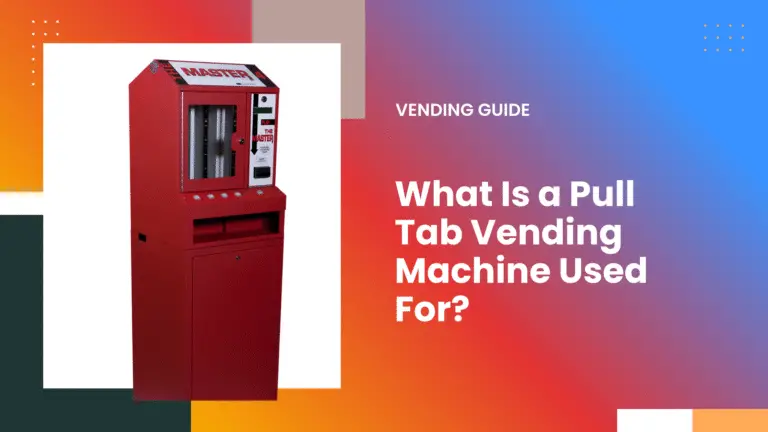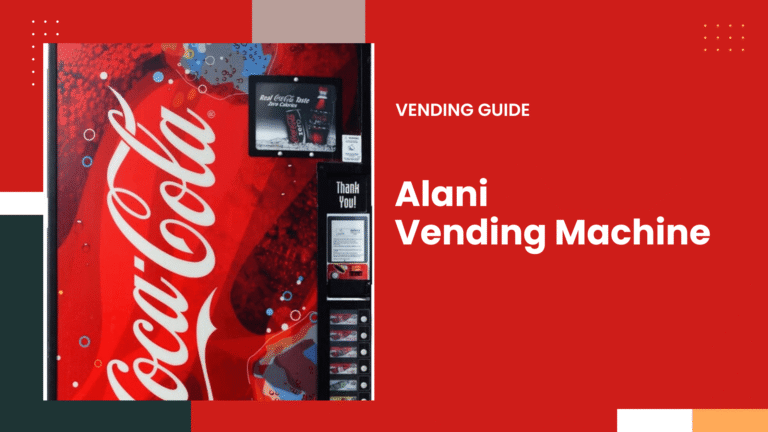Where Can I Put a Vending Machine? Best High-Traffic Locations
Where Can I Put a Vending Machine? From malls to warehouses, find out exactly where to put a vending machine for the highest daily sales.
Optimal Vending Machine Locations & Strategies — Tools & Calculator
Find the best spots, estimate machine returns, and generate a full machine cost estimate.
Best-Optimized Vending Machine Locations — Quick list
The right location determines profitability more than the machine. Below is a comprehensive, prioritized list of top locations — use this as the primary checklist when scouting.
- Airports & major transit hubs — constant foot traffic, travelers with immediate needs (chargers, beverages, travel goods).
- Hospitals & 24/7 medical centers — staff, visitors and patients need late-night snacks, drinks and health items.
- Colleges & university dorms — dense student populations, late-night demand, and high repeat usage.
- Large office complexes & coworking spaces — steady daily usage, predictable peak hours (breaks / lunch).
- Factories, warehouses & distribution centers — shift workers, limited nearby retail options, high-volume steady sales.
- Hotels, motels & extended-stay properties — guests need convenience items around the clock.
- Shopping malls, outlet centers & food courts — strong impulse buys and family traffic.
- Gyms & fitness centers — protein bars, sports drinks and wellness items perform strongly.
- Apartment complexes & laundry rooms — captive audience of residents who walk by daily.
- Convention centers & stadium concourses — event-driven spikes that can multiply daily averages.
- College bookstores & library entrances — tech accessories, snacks, and stationery sell well.
- Transit-oriented retail (train stations / bus terminals) — commuters, frequent short dwell times, high throughput.
- Medical office buildings & clinics — staff and visitors who want quick purchases.
- Parks & recreational centers (where allowed) — seasonal but high-volume during peak months.
- Auto repair shops & dealerships — customers waiting for service, captive time to purchase.
- Schools (college vs K–12 differ) — K–12 often restricted; universities are prime if campus contracts permit.
- Hotels & airport lounges (partnered placement) — revenue-share opportunities per high-margin convenience items.
Tip: scout each spot during peak & off-peak times, check direct competition and note where people pause (lines, waiting rooms, transit platforms) — those are golden.
How Much Money Can a Vending Machine Make — ROI Calculator
Estimate monthly profits, break-even and route-level returns.
State Explorer — Mini Guide (choose your state)
Select a state to see an in-house mini-guide template: typical permits, common local restrictions, where to check and next steps. This is a practical checklist, not legal advice.
Select a state above to populate a tailored checklist and quick next-steps.
Full Machine Estimate — Presets & Custom
Quick presets for common machine types. Choose a preset or build custom. Results include parts total, labor, shipping and estimated tax.
Financial Projections (3 years)
Use conservative growth assumptions to forecast route income and cash flow. Edit inputs to see updated projections.
How to Start — Step-by-step
- Market research — Walk potential sites, observe foot traffic peaks, note nearby competitors and dwell areas (waiting rooms, lines).
- Pick machine type & product mix — Match products to audience (protein bars at gyms, water at parks, tech goods at airports).
- Budget & legal setup — Form an LLC, get EIN, business license, collect sales tax permits and vending machine permits as needed.
- Secure locations — Prepare a short pitch, offer trial terms (3–6 months) or revenue share, and sign placement agreements in writing.
- Buy or refurb machines — Consider refurbished for cost-savings but test reliability; install cashless payments to boost sales.
- Stock smart & logistics — Start with best-sellers, schedule restocks using sales telemetry or weekly checks, and keep a spare-parts kit.
- Track metrics — Sales by SKU, downtime, coin vs cash vs cashless, margin per item. Optimize each route site-by-site.
- Scale carefully — Reinvest profits into new machines only after locations hit target KPIs (e.g., $500–$1,000 monthly sales).






